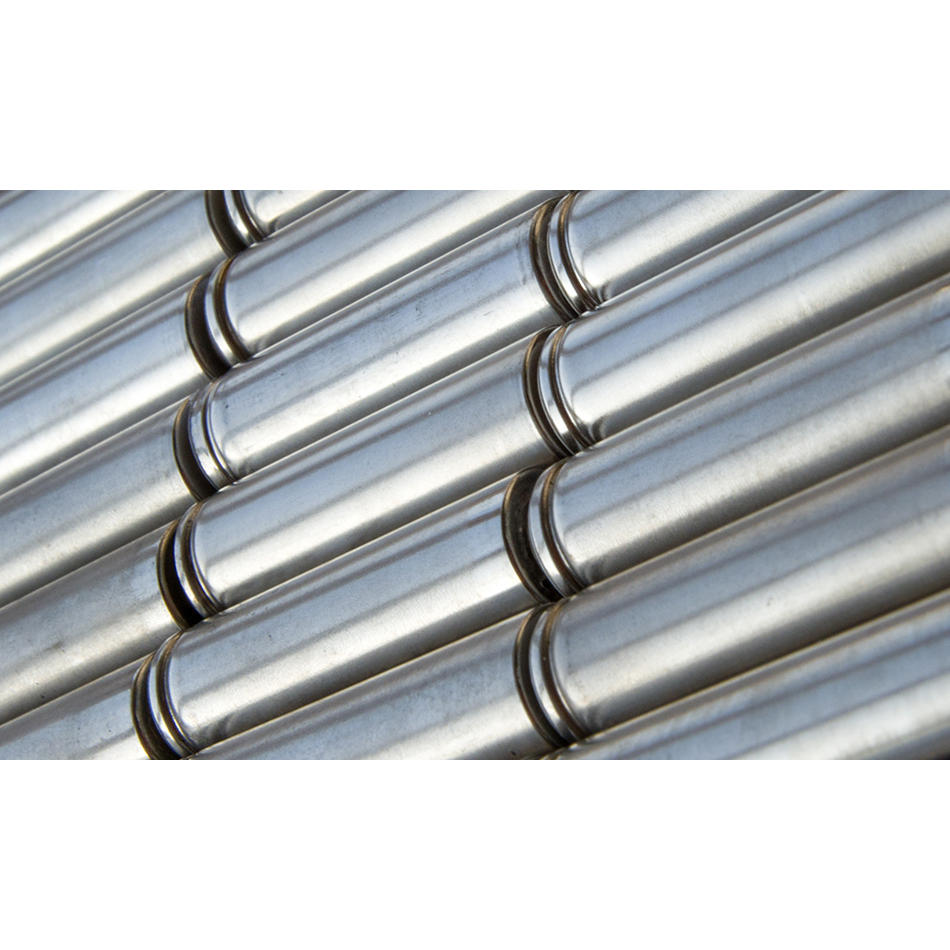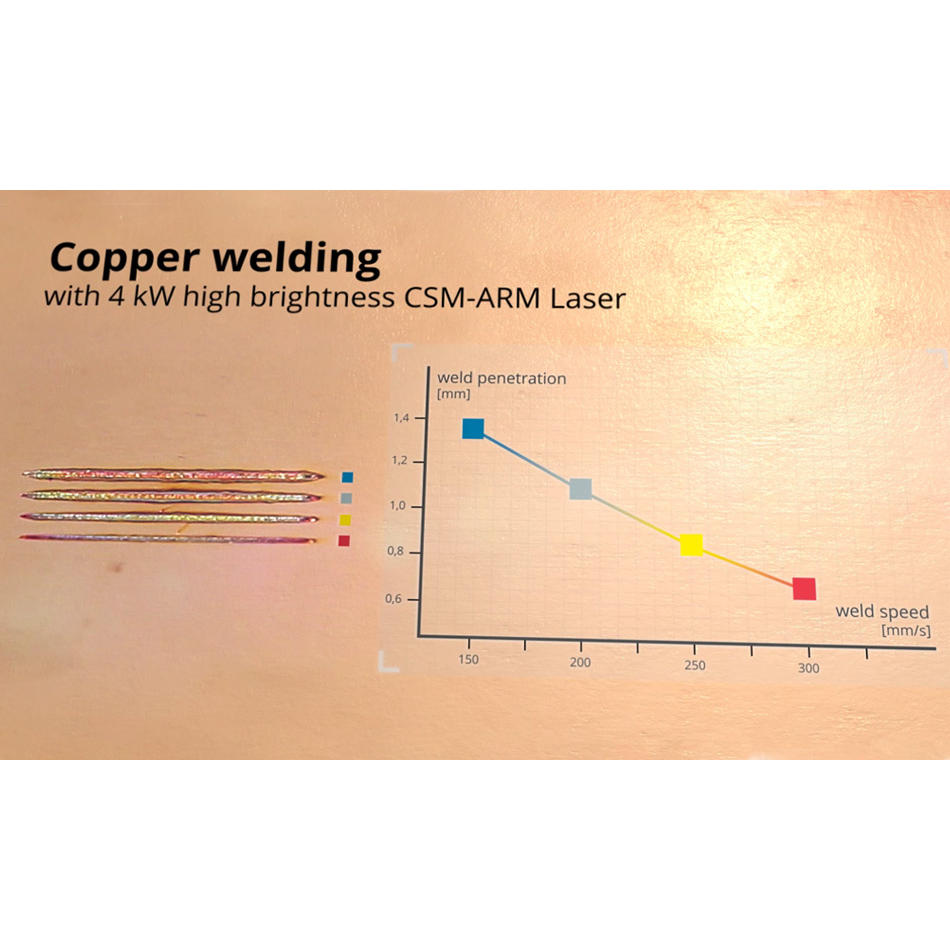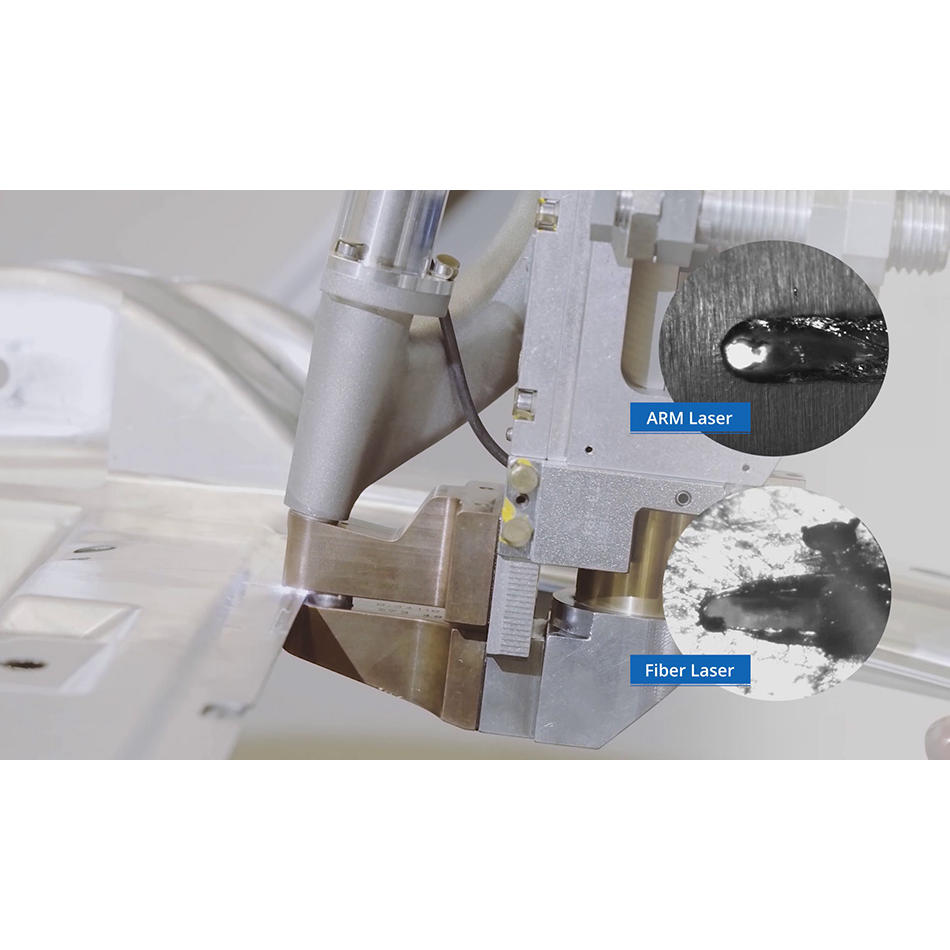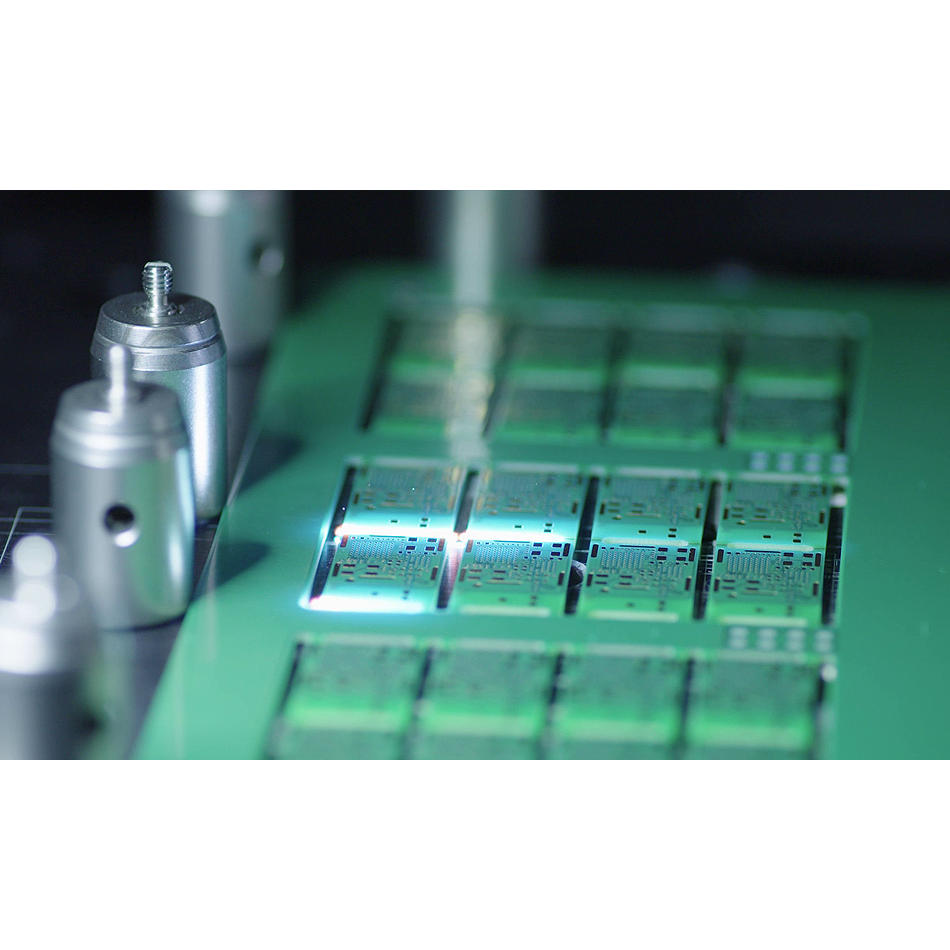Coherent and NIF: One Step Closer to Creating a Fusion Energy Source
The world’s largest laser system approaches the goal of self-sustaining fusion with the help of Coherent large-aperture optics.
February 17, 2022 by Coherent
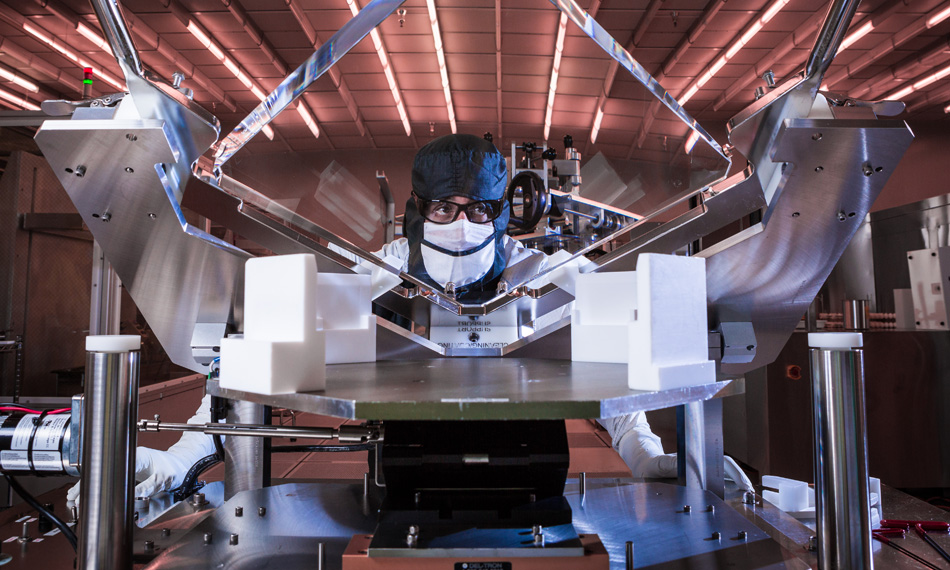
You are alive because of nuclear fusion. That’s what powers our sun, and the sun supplies all the energy that sustains life on Earth. Scientists have been trying to harness fusion to generate electricity here on Earth since the 1940s. And, they recently got a small step closer to achieving that at the National Ignition Facility (NIF) in the United States.
Don’t we already have nuclear power?
Nuclear power plants today generate energy by nuclear fission. Fission splits a large atom, like uranium or plutonium. It generates a lot of power, but also radioactive waste. Fusion combines atoms – usually special types of hydrogen atoms – and releases even more energy than fission. Its byproduct is helium, which isn't radioactive, so it doesn't create any issues with toxic waste handling or disposal.
So, how do you actually create the extreme conditions – like those at the center of the sun – required to get a fusion reaction? One way is to take 192 lasers beams that produce 500 trillion watts of power (for 20 nanoseconds) and focus them on a fuel pellet that’s just a few millimeters in diameter to heat it up to 100,000,000°C.
Doing that is just as simple as it sounds!
And, it’s exactly what the NIF actually accomplishes. Suffice it to say that the NIF is the largest and most energetic laser system ever built, and that it’s almost unimaginably complex and sophisticated.
The NIF laser is housed in a building the size of three US football fields. It starts with the output from a single, infrared fiber laser and splits it, and amplifies it numerous times to create the 192 separate laser beams mentioned earlier. There are all sorts of beam conditioning and transforming optics in it to make it work right and to get the desired results. These include non-linear crystals to convert the infrared laser light into ultraviolet, which works better with the nuclear fuel pellets.
Coherent is focused on high-energy laser optics
Coherent Tinsley contributes to this effort by supplying the wedged focus lenses (WFLs) used in what NIF calls the “Final Optics Assembly.” This is the part of the system that focuses the laser beams down onto the fusion pellet.
Each WFL is a 400 mm x 400 mm sized, 7.7 m focal length, off-axis aspheric lens made from high-quality fused silica. We employ a suite of computer-controlled polishing and measurement tools to achieve the extraordinary level of precision NIF demands for these components.
One of the most important considerations in making the WFL's is minimizing the chance of optics damage due to absorption of the high-power laser energy. This means avoiding surface contamination at every phase of production. To achieve this, the entire polishing process for these components is performed in cleanroom conditions. And, the very final step for the WFL's is a dip in an acid bath to etch off the outer polished glass layer which might be hiding impurities or sub-surface damage that could degrade the laser’s performance.
Despite all these precautions, the enormous laser energy generated in the NIF system means that the WFL's and other optics have a finite lifetime and are replaced continuously. So, Coherent Tinsley delivers a steady supply of these to NIF. And, a critical requirement here is that these components don’t vary from unit to unit, or over time. We are one of the few manufacturers in the world who can consistently produce such large-aperture, precision-aspheric optics in high volume.
But, NIF keeps raising the power that their laser generates. So, we must continuously improve our own fabrication processes to deliver ever better and more pristine optical surfaces as the demands on the WFLs increase.
Here comes the sun
Despite the extreme conditions the NIF laser achieves, it hasn’t yet created a sustained nuclear fusion reaction. No one else has, either. Specifically, the goal is to achieve ignition, meaning a fusion yield greater than the supplied laser energy.
But, on August 8, 2021, NIF got a step closer toward that goal by creating a fusion reaction that produced more than 1.3 megajoules (MJ) of energy. That’s 8 times more than their previous record. And, it puts us tantalizingly close to self-sustaining fusion.
Coherent Tinsley is excited that our high-precision, large-aperture optics play an important contributing role in the NIF, as well as in other cutting edge research projects like the James Webb Space Telescope and the Thirty Meter Telescope.
Related Resources
